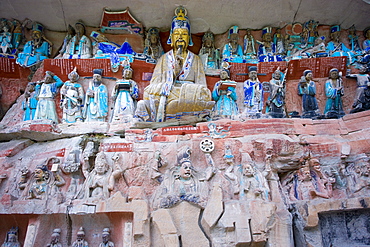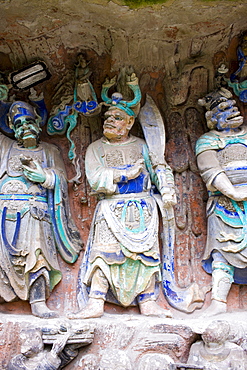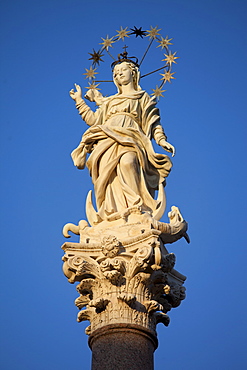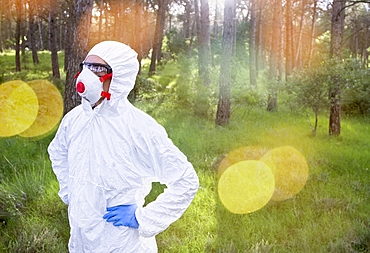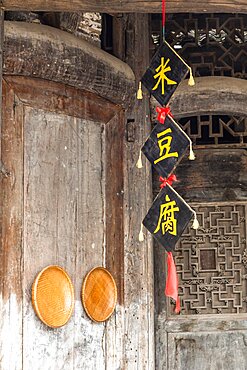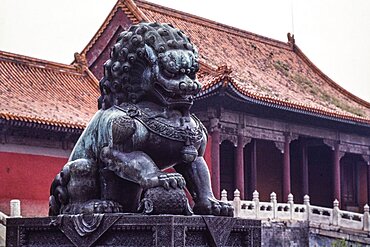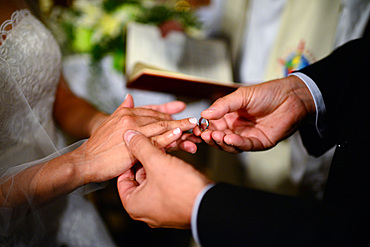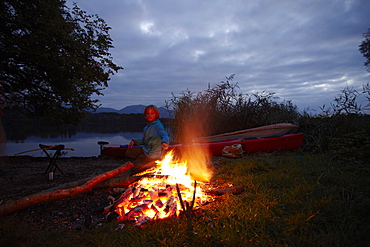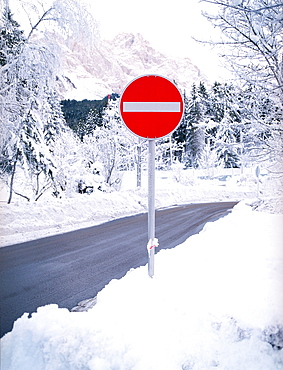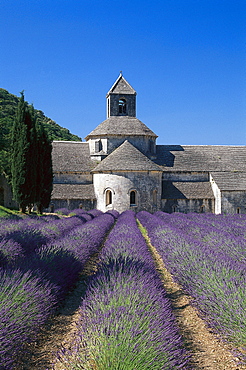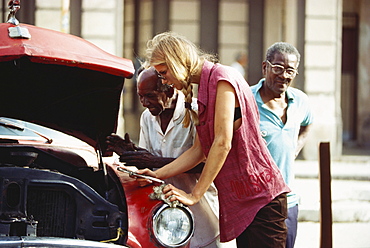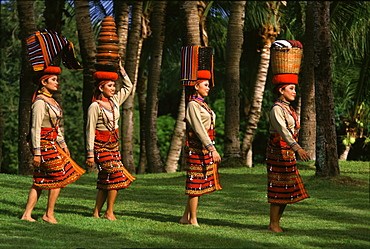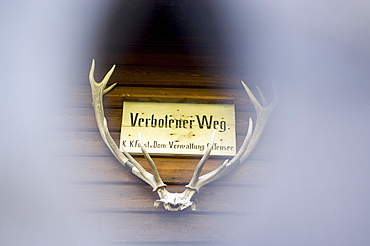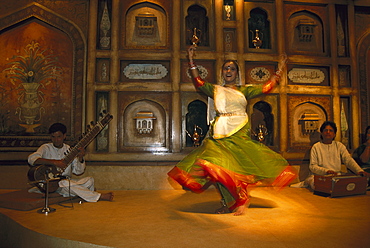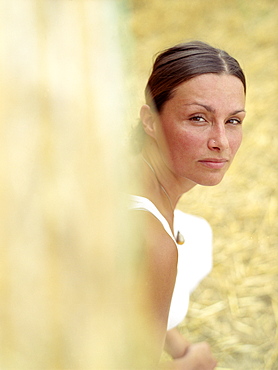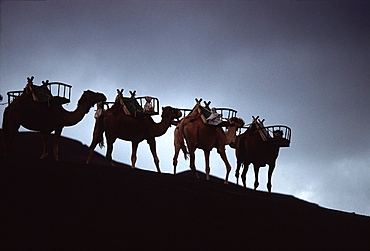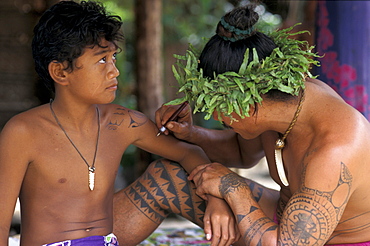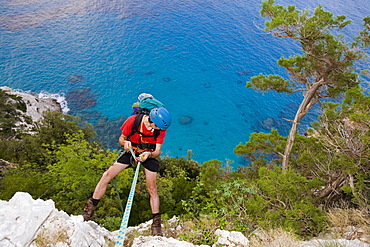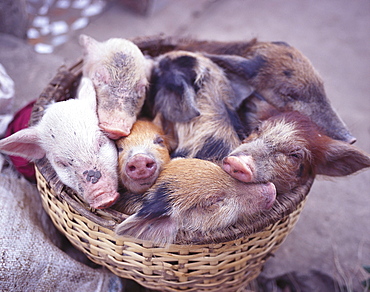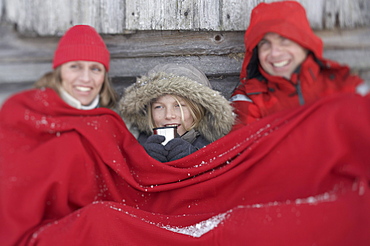Results
« Previous 1 … 3 4 5
412 results found
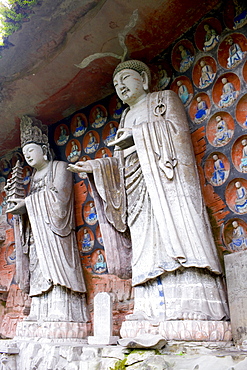
Dazu rock carvings of Buddha of Wisdom and Buddha of Great Sunlight at Mount Baoding, Chongqing, China
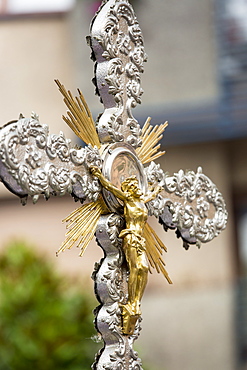
Crucifix of Jesus Christ at traditional religious fiesta at Villaviciosa in Asturias, Northern Spain
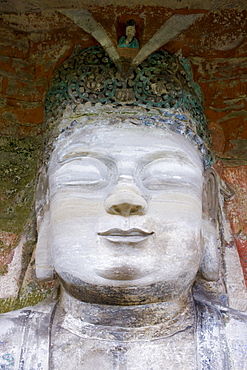
Buddha of Great Sunlight, the Chief Buddha, Dazu rock carvings, Mount Baoding, near Chongqing, China
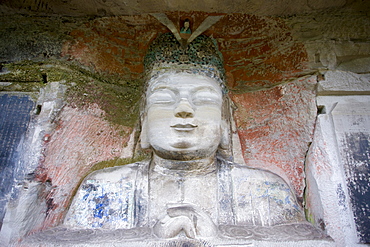
Buddha of Great Sunlight, the Chief Buddha, Dazu rock carvings, Mount Baoding, near Chongqing, China
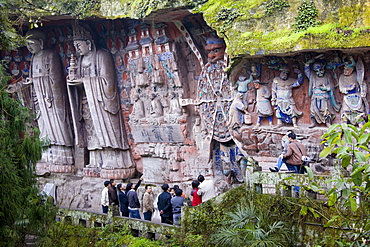
Tourist look at Anicca, God of Destiny holding wheel of life, Dazu rock carvings, Mount Baoding, China

Gravestone of William Fitzpatrick and his family in churchyard at Corofin, County Clare, West of Ireland
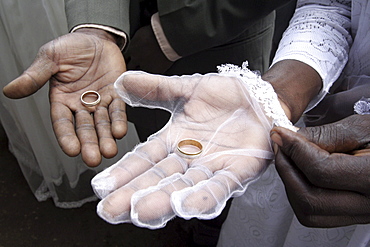
Kenya at a wedding mass, kibera slum, nairobi. Three couples were married at the same time, by american maryknoll priest, father bob jalbert
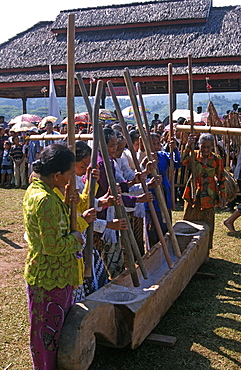
Kasepuhan women symbolically pounding rice at the annual rice festival Seren Tahun, West Java, Indonesia

Yonna dance, also called Chichamaya, carries a considerable symbolic charge for the Wayuu indigenous people of Colombia, representing three basic principles for this tribal group: Social equality, collective solidarity and the improvement of relations between the human being and the Cosmos.

Yonna dance, also called Chichamaya, carries a considerable symbolic charge for the Wayuu indigenous people of Colombia, representing three basic principles for this tribal group: Social equality, collective solidarity and the improvement of relations between the human being and the Cosmos.

Yonna dance, also called Chichamaya, carries a considerable symbolic charge for the Wayuu indigenous people of Colombia, representing three basic principles for this tribal group: Social equality, collective solidarity and the improvement of relations between the human being and the Cosmos.

Yonna dance, also called Chichamaya, carries a considerable symbolic charge for the Wayuu indigenous people of Colombia, representing three basic principles for this tribal group: Social equality, collective solidarity and the improvement of relations between the human being and the Cosmos.
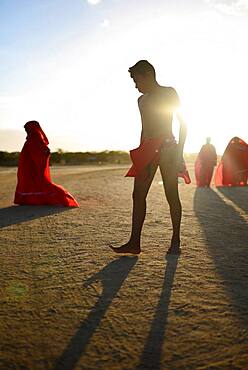
Yonna dance, also called Chichamaya, carries a considerable symbolic charge for the Wayuu indigenous people of Colombia, representing three basic principles for this tribal group: Social equality, collective solidarity and the improvement of relations between the human being and the Cosmos.

Yonna dance, also called Chichamaya, carries a considerable symbolic charge for the Wayuu indigenous people of Colombia, representing three basic principles for this tribal group: Social equality, collective solidarity and the improvement of relations between the human being and the Cosmos.

Yonna dance, also called Chichamaya, carries a considerable symbolic charge for the Wayuu indigenous people of Colombia, representing three basic principles for this tribal group: Social equality, collective solidarity and the improvement of relations between the human being and the Cosmos.

Yonna dance, also called Chichamaya, carries a considerable symbolic charge for the Wayuu indigenous people of Colombia, representing three basic principles for this tribal group: Social equality, collective solidarity and the improvement of relations between the human being and the Cosmos.
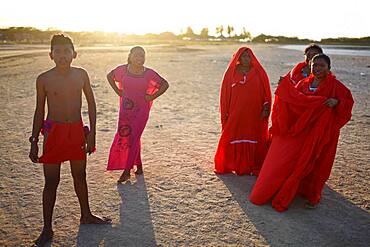
Yonna dance, also called Chichamaya, carries a considerable symbolic charge for the Wayuu indigenous people of Colombia, representing three basic principles for this tribal group: Social equality, collective solidarity and the improvement of relations between the human being and the Cosmos.
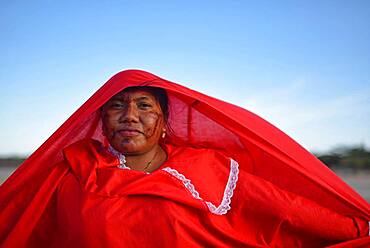
Yonna dance, also called Chichamaya, carries a considerable symbolic charge for the Wayuu indigenous people of Colombia, representing three basic principles for this tribal group: Social equality, collective solidarity and the improvement of relations between the human being and the Cosmos.
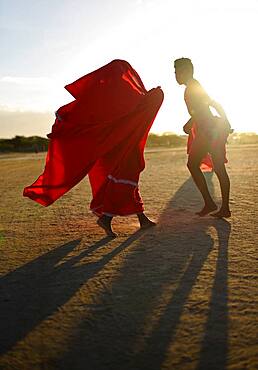
Yonna dance, also called Chichamaya, carries a considerable symbolic charge for the Wayuu indigenous people of Colombia, representing three basic principles for this tribal group: Social equality, collective solidarity and the improvement of relations between the human being and the Cosmos.
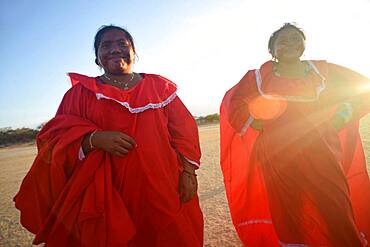
Yonna dance, also called Chichamaya, carries a considerable symbolic charge for the Wayuu indigenous people of Colombia, representing three basic principles for this tribal group: Social equality, collective solidarity and the improvement of relations between the human being and the Cosmos.
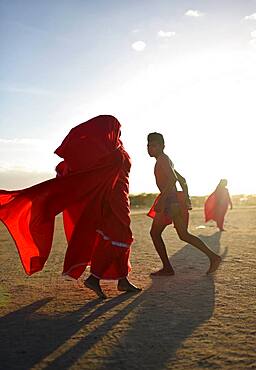
Yonna dance, also called Chichamaya, carries a considerable symbolic charge for the Wayuu indigenous people of Colombia, representing three basic principles for this tribal group: Social equality, collective solidarity and the improvement of relations between the human being and the Cosmos.
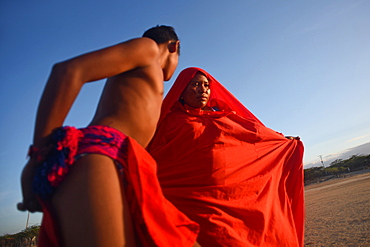
Yonna dance, also called Chichamaya, carries a considerable symbolic charge for the Wayuu indigenous people of Colombia, representing three basic principles for this tribal group: Social equality, collective solidarity and the improvement of relations between the human being and the Cosmos.

Person with a safety suit lying down in a flowers carpet in a forest area. Ayegui, Navarre, Spain, Europe
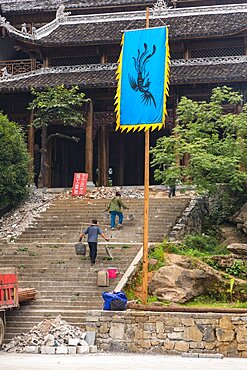
Workers carrying buckets on yokes for removing debris from a building under renovation in Furong, China.
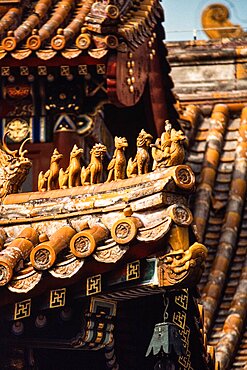
Ceramic figurines on the ridge of the roof of the Lama Temple, a Tibetan Buddhist temple in Beijing, China.
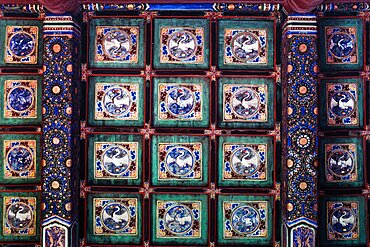
White herons painted on ceiling tiles in the throne room of the Palace of Supreme Harmony. Forbidden City, Beijing, China.

Dragons on a wall decoration on the wall of the gate of the Lama Temple, a Buddhist temple in Beijing, China.

Inside the dome of the Hall of Prayer for Good Harvests in the Temple of Heaven complex in Beijing, China.

Portal Maya sculpture Mayan Gateway situated in Parque Fundadores by sculptor Jose Arturo Tavares in Playa del Carmen, Riviera Maya, Quintana Roo, Mexico

Upturned sculptures representing phoenix birds on the roof of a traditional building, Fenghuang, China.

young father and his two-year-old daughter pulling a wagon over a meadow, Speyer, Rheinland-Pfalz, Germany

A rocky sea shore at dusk, Jasmund national park, Rugen Island, Mecklenburg Western Pommerania, Germany

Middle-aged couple in traditional costumes on horseback, Romeria de San Isidro, Nerja, Costa del Sol, Malaga province, Andalusia, Spain, Europe
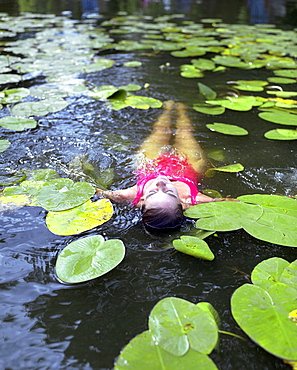
Woman bathing between water lilies, Hotel Neuklostersee, Nakenstorf, Mecklenburg-Western Pomerania, Germany

Woman swimming in a pool, chimney in background, Hotel Neuklostersee, Nakenstorf, Mecklenburg-Western Pomerania, Germeny, MR, PR
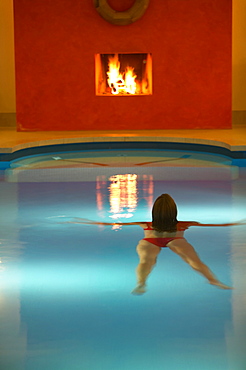
Woman swimming in a pool, chimney in background, Hotel Neuklostersee, Nakenstorf, Mecklenburg-Western Pomerania, Germeny, MR, PR
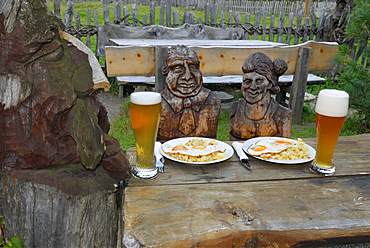
Carved couple at a table with food and wheat beer, alpine lodge Sulzenau, Stubaier Alps, Stubai, Tyrol, Austria
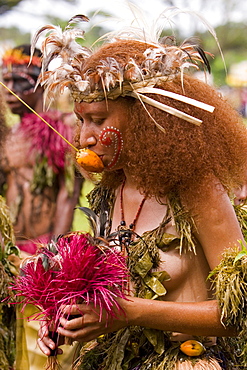
Young woman wearing traditional costume and headdress at Singsing Dance, Lae, Papue New Guinea, Oceania

Safety equipment for ski tours, Avalanche protection, Avalanche Transceiver, PIEPS, Hochgrat, Allgäu Alps, Germany, Europa

